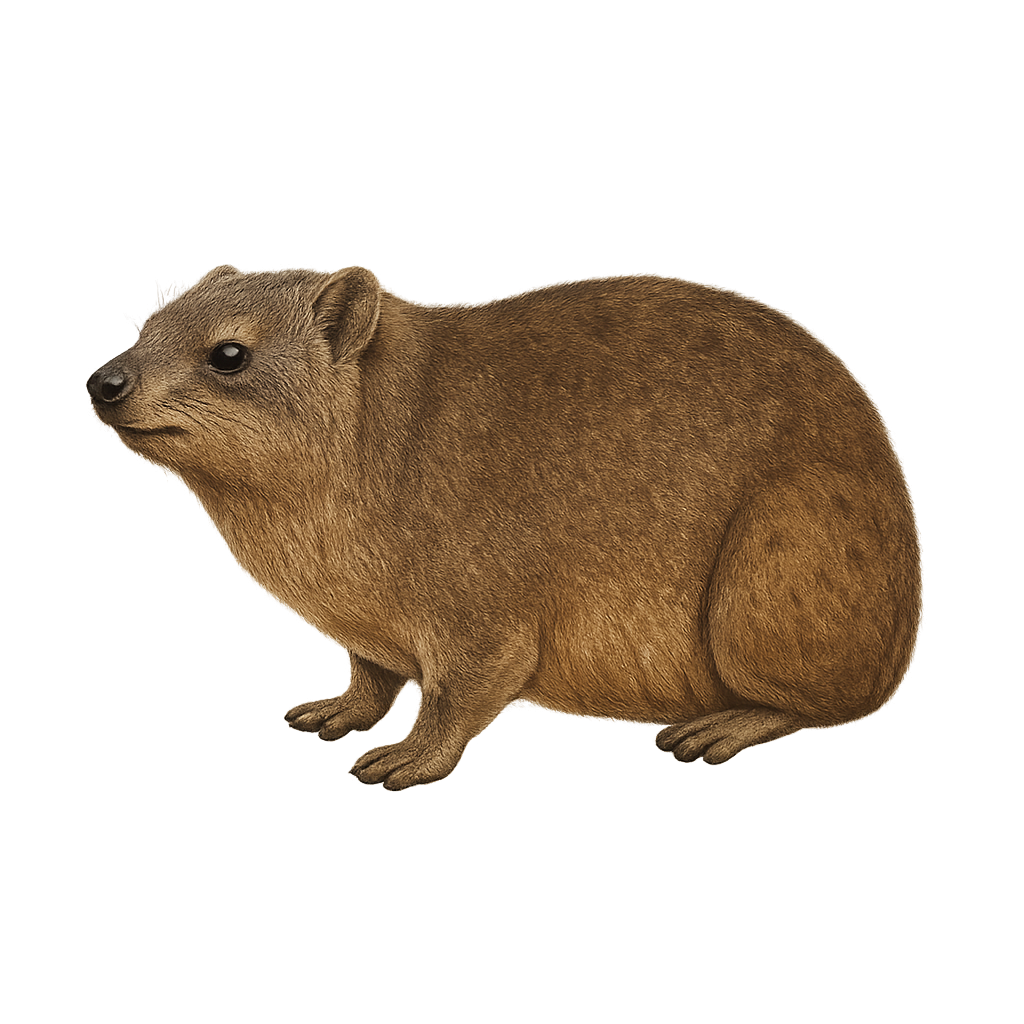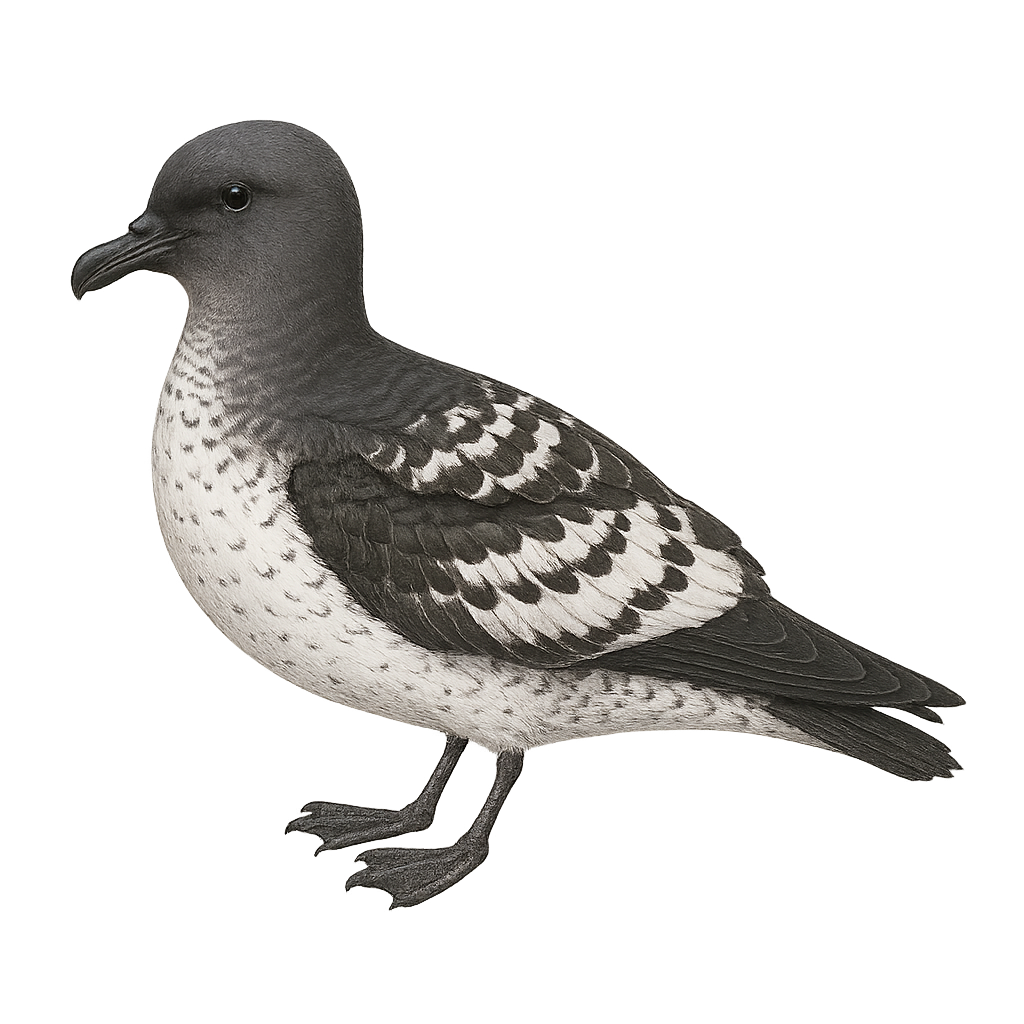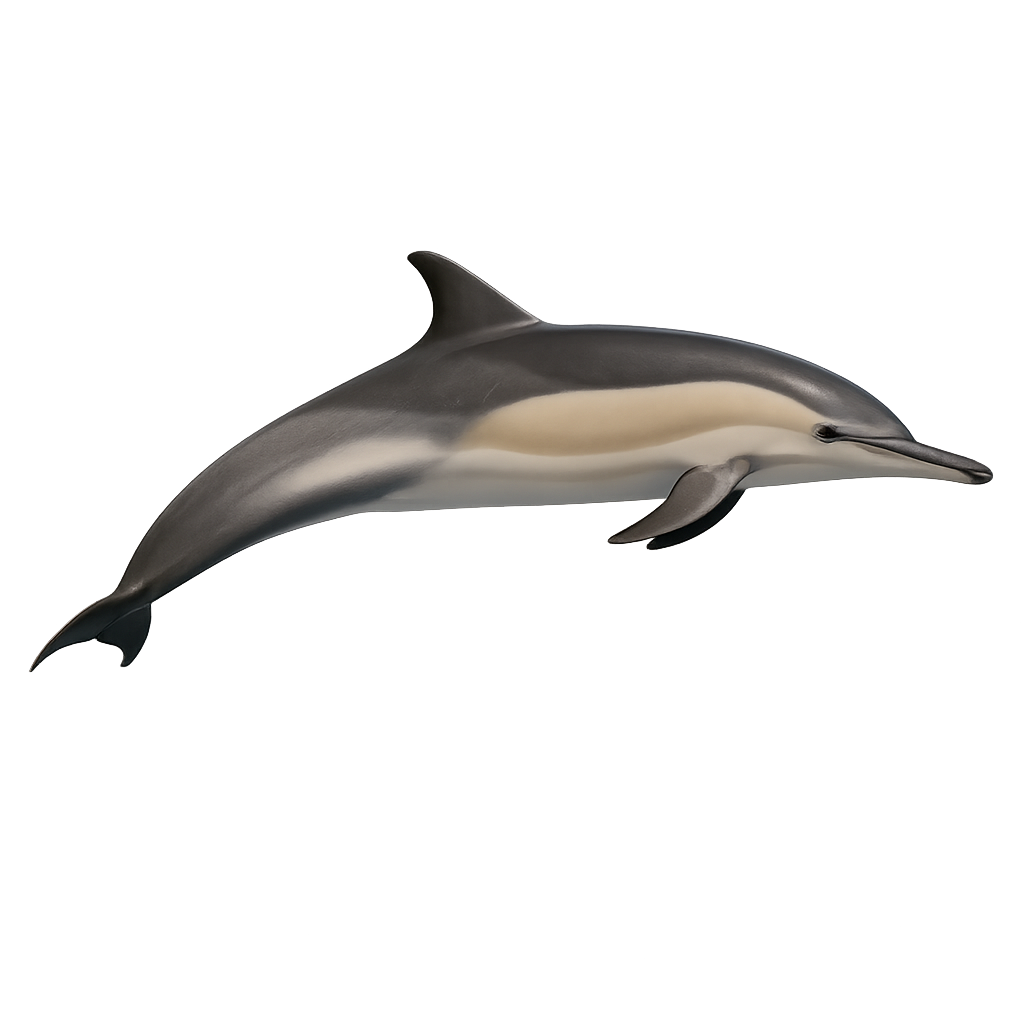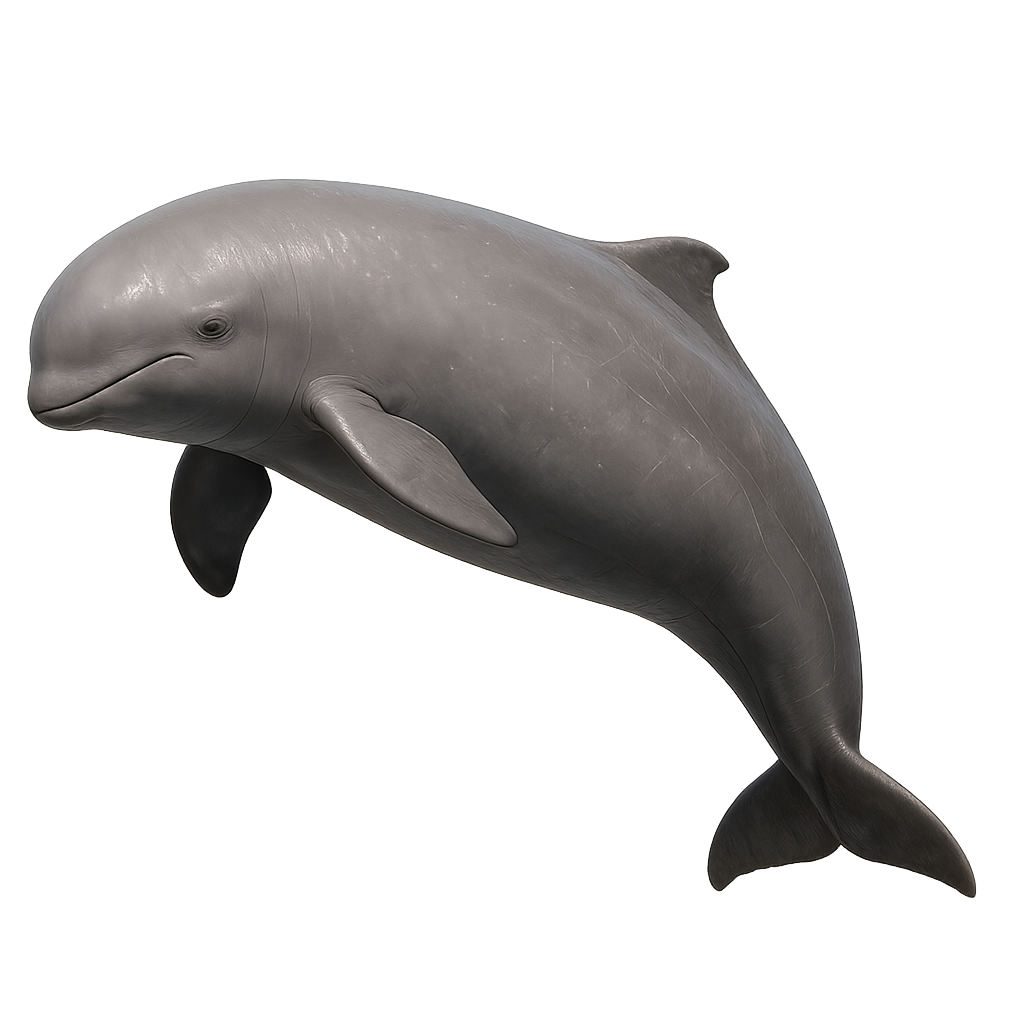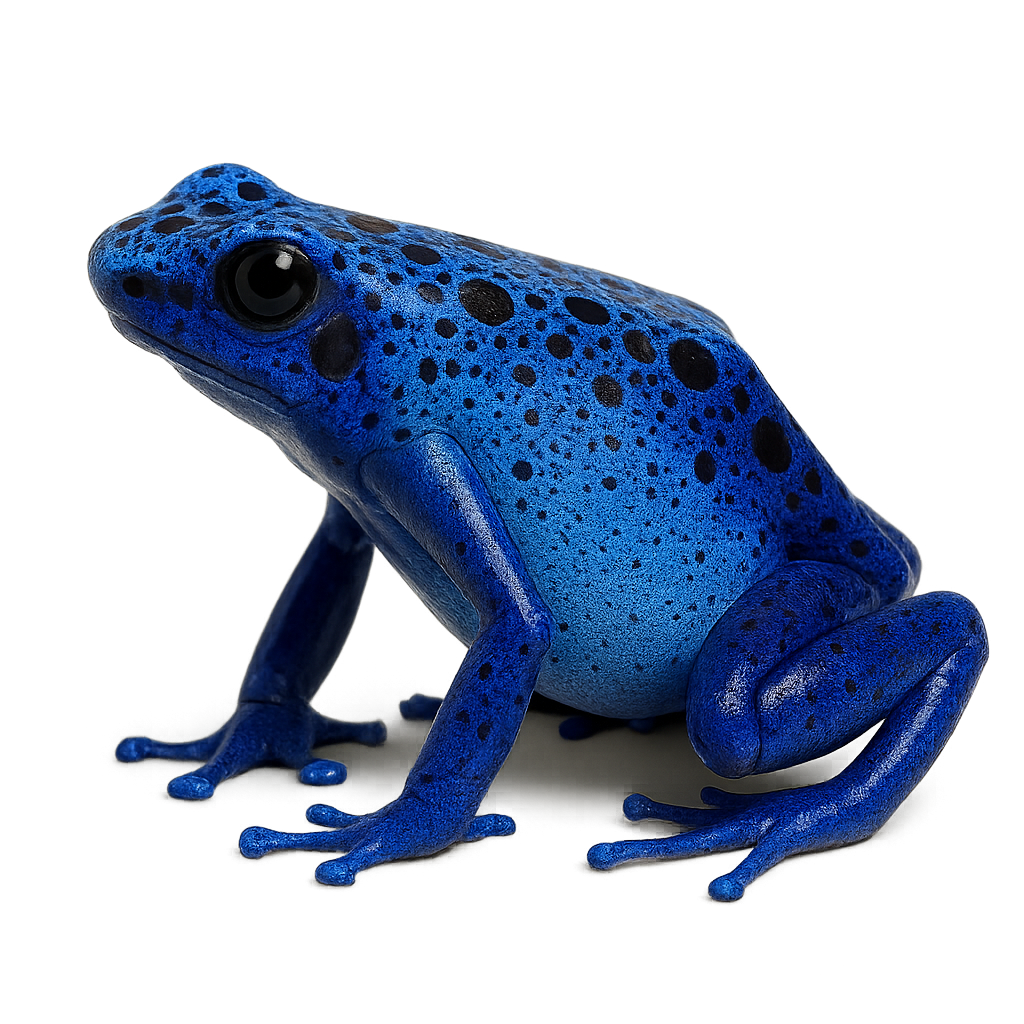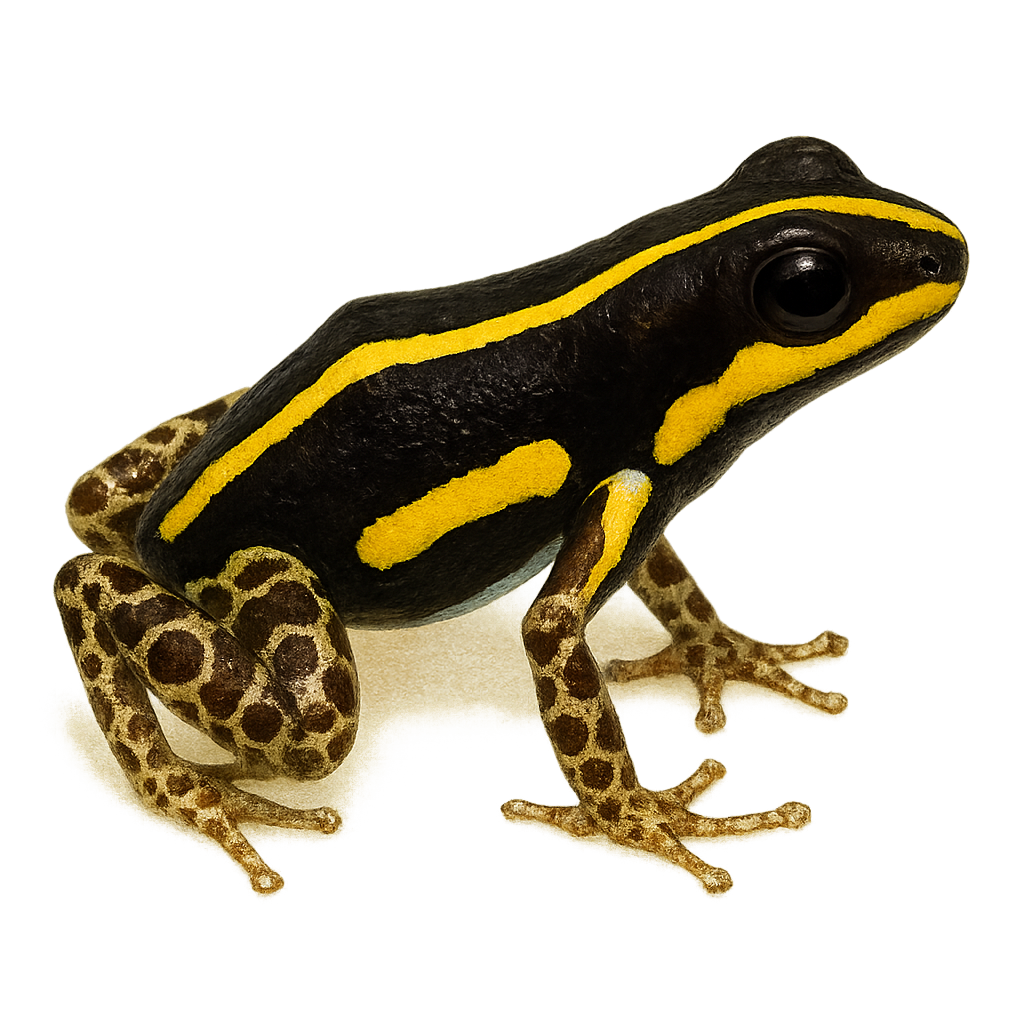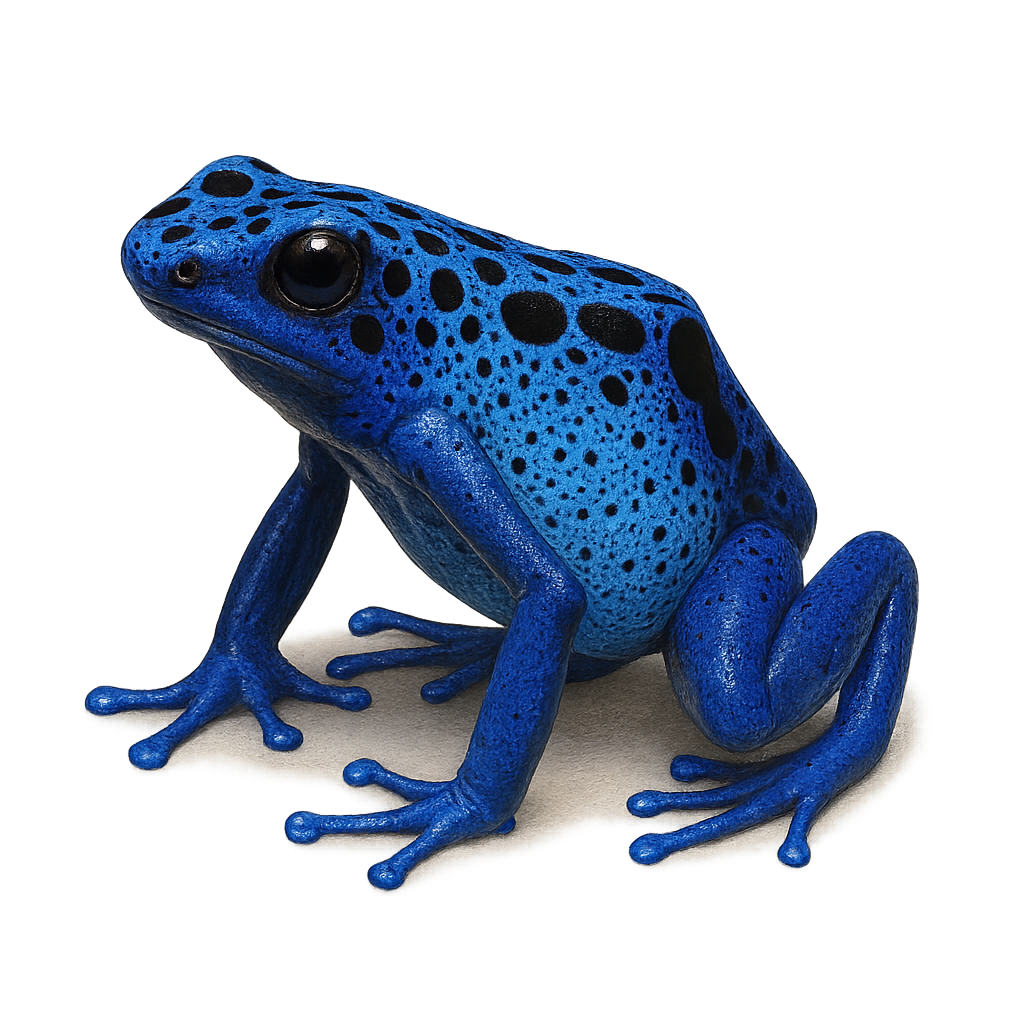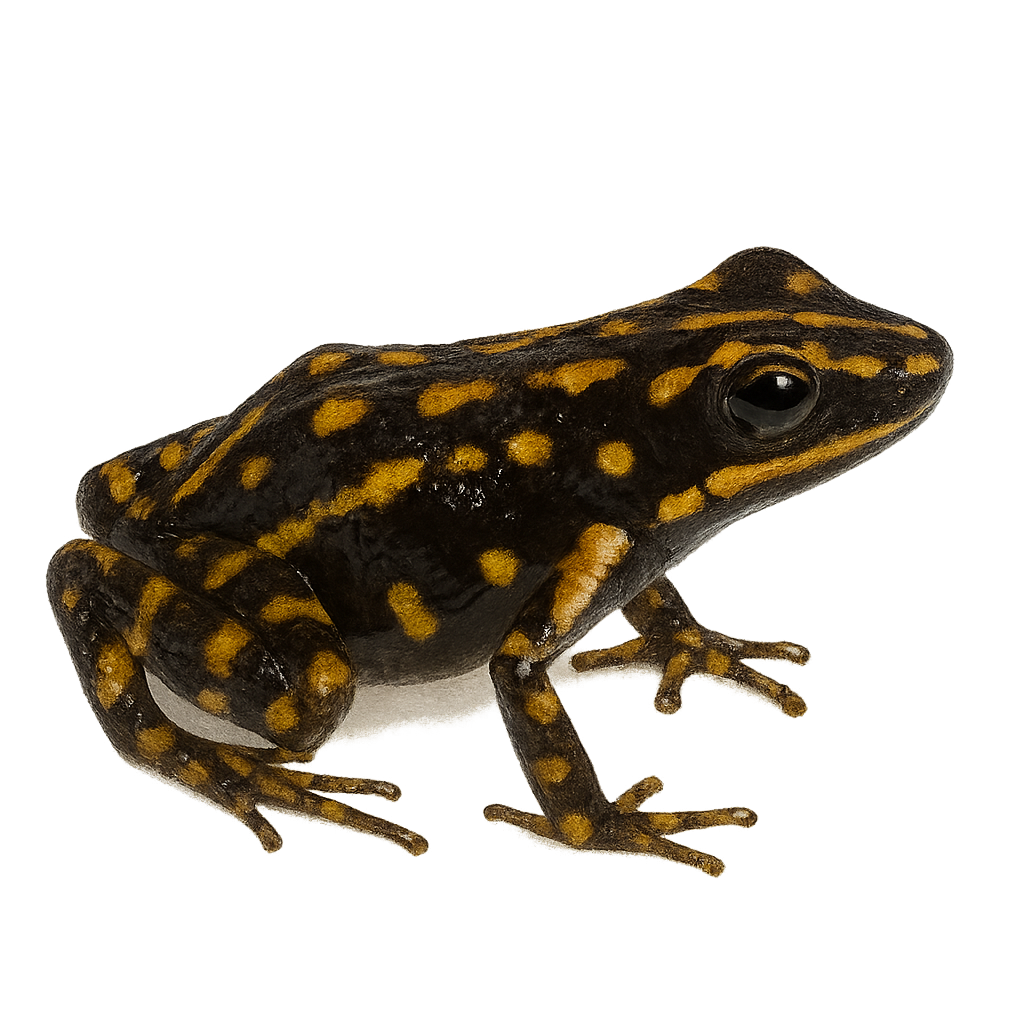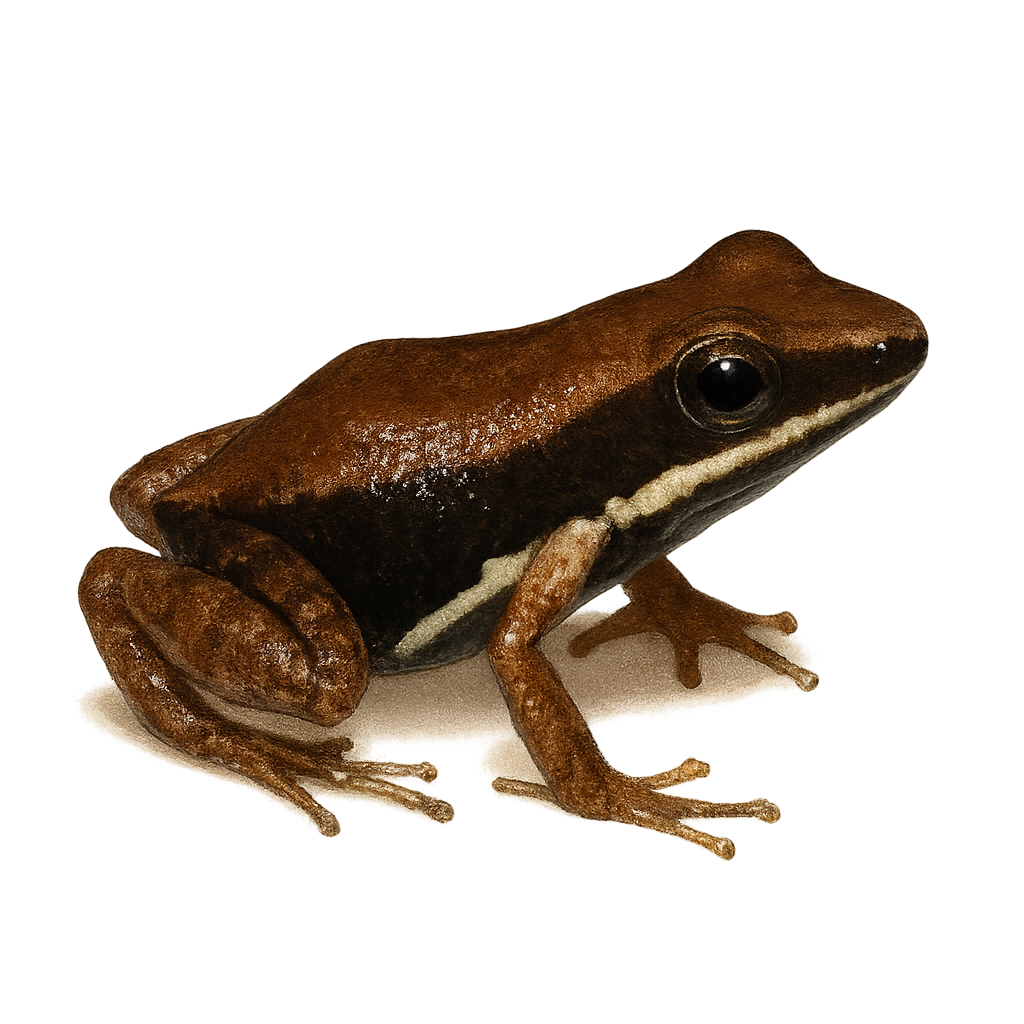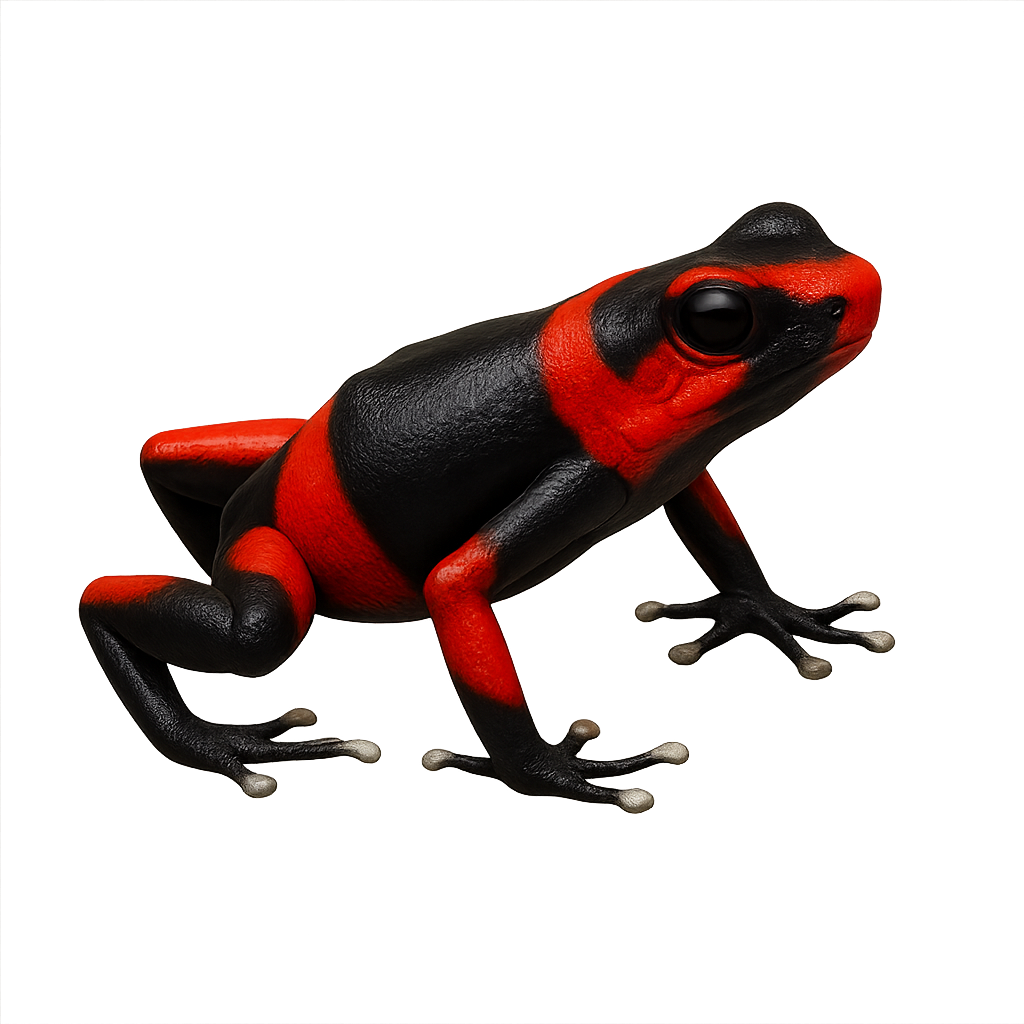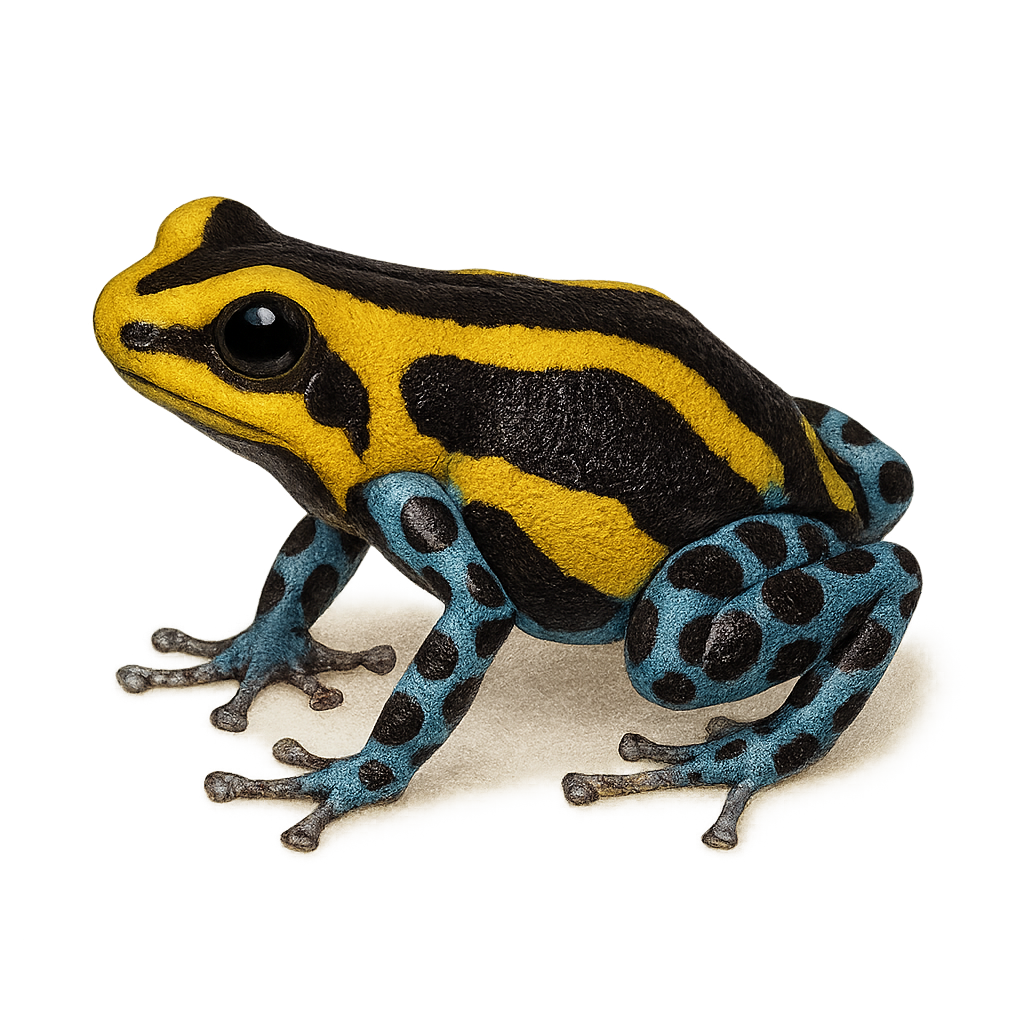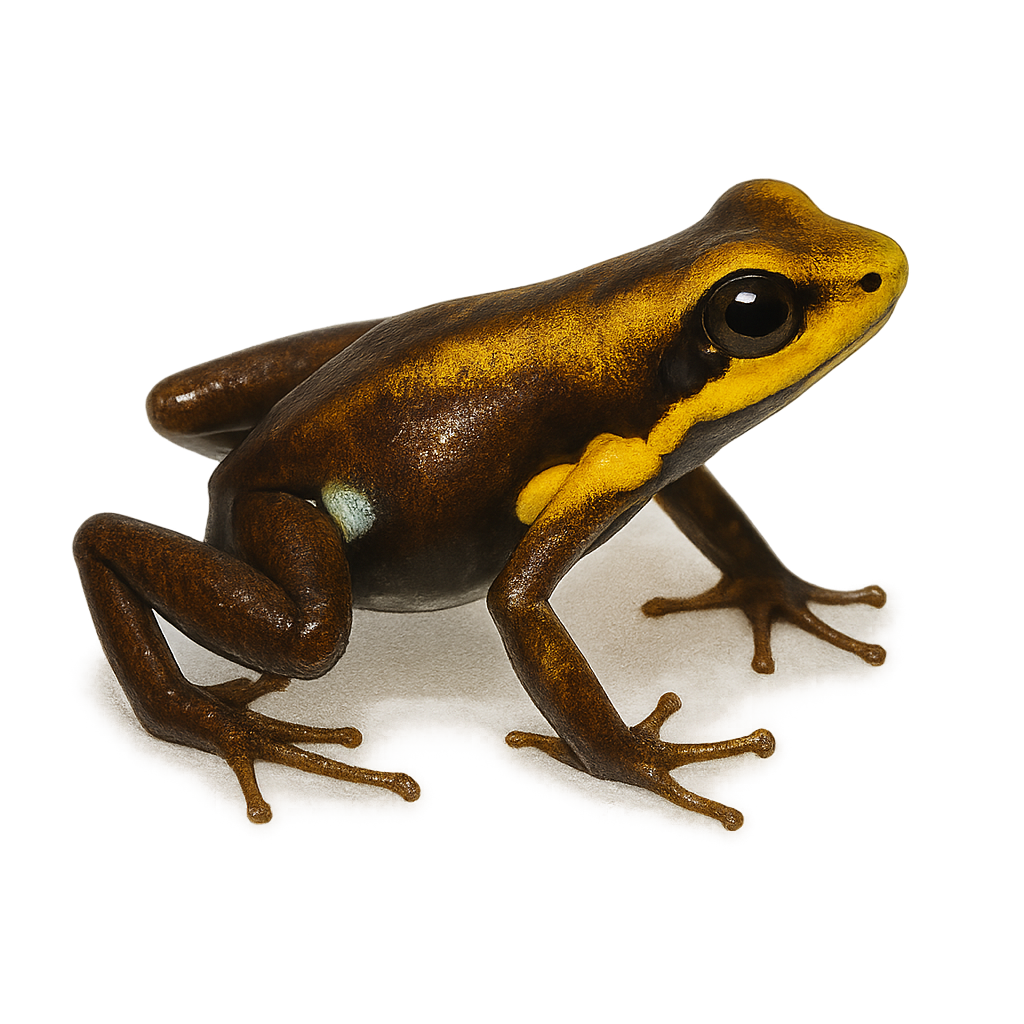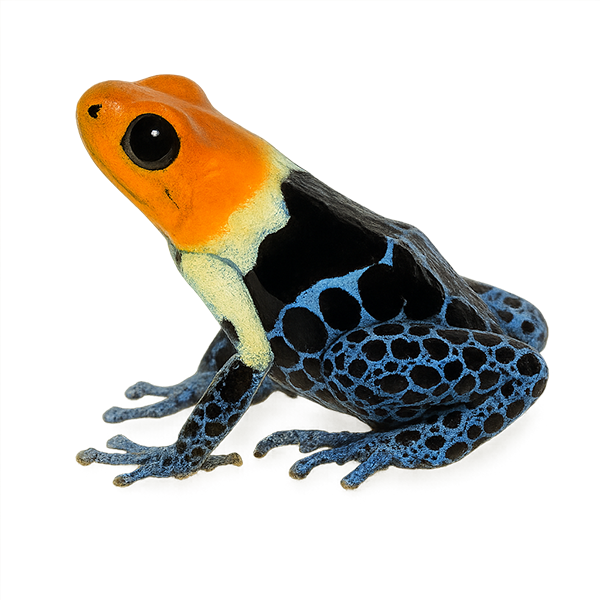The White-fronted Damalisque is a medium-sized antelope, recognizable by its reddish-brown coat and the distinctive white band that crosses its forehead, which gives it its name. It stands between 1.30 and 1.50 meters tall at the withers and weighs between 50 and 70 kg. This mammal primarily inhabits open savannas, grasslands, and semi-desert areas, preferring open terrain where it can graze on grasses, leaves, and stems. It is well adapted to heat and drought, thanks to its short coat and behavior of seeking shade during the hottest parts of the day. The White-fronted Damalisque lives in small groups, often consisting of females and young, while adult males usually live alone or in small groups. It is mainly active in the morning and late afternoon, when it is easier to feed while avoiding the heat of the day. While the species is currently in good health, it faces threats such as illegal hunting, habitat loss due to human expansion, and competition with livestock for food resources.
The Common Damalisque is a medium-sized antelope, recognizable by its reddish-brown or gray-brown coat, with distinctive white markings on the legs and belly. It stands about 1.10 to 1.30 meters tall at the withers and weighs between 45 and 70 kg. This mammal primarily inhabits the savannas and open grasslands of East Africa, notably in Kenya, Tanzania, and Uganda. It mainly feeds on grasses and herbaceous plants but can also consume leaves and fruits when grass resources are limited. The Common Damalisque is known for its social behaviors, typically living in groups of females and young, while adult males are often solitary or form small groups. During the breeding season, males fight to defend their territory and access females. While it is currently listed as of least concern, the Common Damalisque faces threats such as habitat loss due to agriculture and urban expansion, as well as hunting for its meat and skin.
The rock hyrax, or Procavia capensis, is a small herbivorous mammal found in Africa and the Middle East. It resembles a large rodent but is more closely related to elephants. Measuring about 50 cm in length and weighing 4 to 5 kg, it has dense brown fur, rounded ears, and short legs. Rock hyraxes live in colonies and are often seen basking on rocks. They communicate through a variety of calls and have a complex social structure. Although primarily herbivorous, they may also consume insects. Their adaptation to rocky environments allows them to evade many predators.
The Cape Petrel, or Daption capense, is a medium-sized seabird known for its striking black and white plumage. It primarily inhabits the cold waters of the Southern Ocean, often seen gliding over the waves. Its short, hooked black beak is well-suited for its diet of crustaceans, small fish, and marine debris. The Cape Petrel is an adept swimmer, using its wings to propel itself underwater. It nests in colonies on subantarctic islands, digging burrows in soft soil to lay a single egg. Although its habitat is remote from human activities, it faces threats from climate change and marine pollution.
The White-beaked Dolphin is a small cetacean from the Delphinidae family, easily recognizable by its white beak and distinctive markings on its body. It typically measures between 1.5 and 2.5 meters in length and weighs between 70 and 150 kg. This dolphin primarily inhabits the cold and temperate waters of the North Atlantic, particularly around Iceland, Greenland, and the North American coasts. It primarily feeds on fish and cephalopods, using group hunting techniques to capture its prey. The White-beaked Dolphin is often seen in small groups or families, and it is known for its complex social behaviors, including group play and acrobatic leaps. This dolphin has a lifespan of about 20 to 30 years in the wild. Although the species is not currently endangered, it faces threats from pollution, underwater noise, and ship collisions. Managing its marine habitats is crucial for the preservation of this species.
The Common Dolphin is a medium-sized cetacean, easily recognizable by its streamlined body and distinctive beak. It typically measures between 2 and 2.5 meters in length and weighs between 100 and 150 kg. This dolphin is widely distributed in temperate and tropical waters, particularly in the Mediterranean, the Atlantic, and the seas around Asia. The Common Dolphin primarily feeds on fish, cephalopods, and sometimes small crustaceans, hunting in highly coordinated groups. Its social structure is complex, with groups ranging from a few individuals to several hundred, depending on environmental conditions and the availability of food resources. It is also known for its acrobatic behaviors, such as jumping and group play, and is often seen following boats. While this species is not currently endangered, it faces threats from pollution, disturbances caused by human activities at sea, and bycatch in fishing nets.
Hector's dolphin is one of the smallest dolphin species in the world, with an average size of 1.2 to 1.5 meters. It primarily inhabits shallow coastal waters of New Zealand, where it feeds on fish and squid. This dolphin is recognizable by its small, compact body, rounded fins, and distinctive face. Threatened by pollution, bycatch, and habitat loss, it is classified as endangered.
The Indo-Pacific bottlenose dolphin measures 2–3 m and weighs 150–230 kg, with a light grey streamlined body and a short beak. It forms small coastal groups in shallow tropical and subtropical waters, feeding on fish, cephalopods and crustaceans. Highly social and playful, it often interacts with boats, performing spectacular leaps and bow-riding.
The South Asian river dolphin is a small freshwater cetacean in the family Platanistidae, measuring 2–2.5 m in length, with a pale grey streamlined body and a long narrow beak. It inhabits shallow rivers, oxbow lakes, and canals of the South Asian subcontinent, feeding mainly on freshwater fish and crustaceans. Blind, it uses echolocation to navigate and hunt in turbid waters.
The Irrawaddy dolphin, Orcaella brevirostris, is a freshwater and coastal cetacean known for its rounded forehead and lack of a distinct beak. It typically measures between 2 and 2.7 meters and weighs up to 150 kg. Its skin is light gray with a paler belly. This dolphin is often seen in small groups and is noted for its social and curious behavior. It can swim in both freshwater and saltwater, frequenting estuaries, rivers, and coasts. Unfortunately, it is threatened by habitat degradation, accidental capture in fishing nets, and pollution. Its conservation is crucial to maintaining the balance of the aquatic ecosystems it inhabits.
The Dendrobatidés, belonging to the Dendrobatidae family, is a small frog known for its bright colors and toxic behavior. These frogs typically measure between 2 and 6 centimeters in length and are easily recognizable by their shiny, colorful skin, which can be yellow, blue, red, or green, depending on the species. They are primarily found in the humid tropical forests of Central and South America. Their diet consists of insects, small arthropods, and occasionally small worms. Dendrobatidéss are known for their toxic secretions, which serve as defense against predators. These toxins mainly come from their diet, particularly ants and beetles that contain alkaloids. Dendrobatidéss are also both terrestrial and aquatic creatures, typically laying their eggs in humid places, where their tadpoles develop in small pools of water or decaying leaves. Although fascinating, Dendrobatidéss are vulnerable to habitat loss due to deforestation and pollution.
Ranitomeya flavovittata is a small, brightly colored frog native to the rainforests of South America, primarily in Peru. It is known for its distinctive yellow stripes on a black background, making it easily recognizable. This species belongs to the Dendrobatidae family, known for its poisonous frogs. Although modest in size, typically between 1.5 and 2 cm, it plays a crucial role in the ecosystem as an insect predator. It prefers humid habitats, often near water bodies, and is primarily active during the day. Its skin secretes toxic alkaloids, an effective defense against predators. However, in captivity, it loses this toxicity due to the absence of its natural diet.
The Yellow-banded Poison Dart Frog, or Dendrobates leucomelas, is a small, vividly colored frog native to the humid tropical forests of Venezuela, Guyana, and Brazil. It is easily recognizable by its bright yellow bands contrasting with its black body. This coloration serves as a warning to potential predators of its toxicity. Measuring about 3 to 4 cm in length, this species is diurnal and primarily feeds on small insects. It plays a crucial role in the ecosystem by regulating insect populations. Although its skin is toxic, it is prized by terrarium enthusiasts for its striking colors and fascinating behavior.
The Amazonian Poison Frog, Ranitomeya amazonica, is a small, brightly colored frog native to the Amazon rainforest. Known for its vivid colors, often a mix of blue, black, and yellow, it warns predators of its toxicity. This species typically measures between 15 and 20 mm in length. It primarily inhabits humid tropical forests, feeding on small insects. Amazonian Poison Frogs are diurnal, active mainly during the day. Their reproduction involves laying eggs in aquatic microhabitats, often in bromeliads. Although their conservation status is not of concern, habitat destruction remains a potential threat.
The Blue Poison Dart Frog, scientifically known as Dendrobates azureus, is a small, brightly colored frog native to the rainforests of Suriname. Its vivid blue skin is dotted with black spots, making it easily recognizable. This bright coloration serves as a warning to potential predators, as it secretes potent toxins through its skin. Measuring about 3 to 4 cm in length, this species is diurnal and spends most of its time hunting small insects. It is often found in humid areas, near streams and ponds. Although its natural habitat is limited, it is popular in the pet trade, leading to conservation efforts to protect its wild populations.
The Anthony's Poison Arrow Frog, or Epipedobates anthonyi, is a small, brightly colored frog native to the humid tropical forests of Ecuador and Peru. Known for its vivid and toxic skin, it serves as a defense mechanism against predators. Measuring about 2 to 3 cm, this frog displays bright color patterns, often red and green, warning of its toxicity. It primarily inhabits moist undergrowth and feeds on insects and other small invertebrates. Although its population is stable, it faces threats from deforestation and habitat loss. Its reproduction involves eggs laid on the ground, which males then transport to water bodies for hatching.
The Espinoza's Poison Frog is a small, brightly colored frog endemic to the humid tropical forests of Ecuador. It is characterized by its smooth skin and vivid patterns, often red or orange with black spots. These bright colors serve as a warning to potential predators, indicating its toxicity. It typically measures between 2 and 3 cm in length. This species is diurnal and primarily feeds on small insects. It plays a crucial role in the ecosystem by regulating insect populations. Unfortunately, it is threatened by deforestation and habitat loss. Conserving its natural habitat is essential for its survival.
Ranitomeya benedicta is a small, brightly colored frog native to the humid rainforests of Peru. Known for its vivid colors, ranging from blue to black with yellow or orange patterns, it serves as a warning to potential predators of its toxicity. This species primarily inhabits dense, moist undergrowth, where it feeds on small insects. It is diurnal and spends most of its time foraging or hiding among leaves. Reproduction typically occurs during the rainy season when conditions are optimal for tadpole development. Eggs are laid in moist locations, and tadpoles are transported by parents to water bodies.
Marbled poison frog is a small, brightly colored frog native to the humid tropical forests of South America, mainly in Ecuador and Colombia. It is easily recognizable by its smooth skin and vivid patterns of red, orange, and black. This species is known for its toxicity, producing potent alkaloids that deter predators. It typically inhabits moist undergrowth, feeding primarily on small insects. Males are territorial and use vocalizations to attract females and ward off rivals. Reproduction occurs in temporary aquatic environments, where tadpoles develop before becoming adult frogs.
The Sira Poison Frog, or Ranitomeya lamasi, is a small, brightly colored frog native to the humid tropical forests of Peru. It is distinguished by its striking patterns of bright colors, often a combination of black, yellow, and blue, which serve as a warning to potential predators of its toxicity. This species is typically found in lowland areas, where it inhabits leaf litter and areas near water bodies. Lamasi Poison Frogs are known for their territorial behavior and diurnal lifestyle. They primarily feed on small insects and other arthropods. Their reproduction involves parental care, with eggs laid on the ground and tadpoles transported on the backs of adults to water points.
The Lehmann's Poison Frog, or Oophaga lehmanni, is a species of frog endemic to Colombia, known for its bright coloration and distinctive patterns ranging from red to yellow. These vivid colors serve as a warning to potential predators of its toxicity. It primarily inhabits tropical rainforests, where it hides under leaves and fallen tree trunks. This species is threatened by habitat loss and the illegal pet trade. It plays a crucial role in its ecosystem by controlling insect populations. Conserving its habitat is essential for its survival.
The Machalilla Poison Frog is a small, brightly colored frog endemic to the humid forests of Ecuador. It is characterized by its smooth skin and vibrant color patterns, often red and black, which serve as a warning to potential predators of its toxicity. This species is typically found in the undergrowth, where it primarily feeds on small insects. It plays a crucial role in the ecosystem by controlling insect populations. Unfortunately, deforestation and habitat loss threaten its survival. Conservation efforts are essential to protect this unique species and its natural habitat.
The Sirena Poison Frog, Ranitomeya sirensis, is a small, brightly colored frog native to the humid tropical forests of Peru. Known for its vivid colors, which range from blue to black with yellow or red patterns, it serves as a warning to potential predators of its toxicity. Measuring about 2 cm in length, this species is diurnal and primarily feeds on small insects. It inhabits lowland areas, often near water bodies. Its skin secretes toxic alkaloids, used by local populations to poison arrows. Although its population is stable, it is threatened by deforestation and the illegal exotic pet trade.
The Steyermark's Poison Frog is a small, brightly colored frog endemic to the tropical forests of Venezuela. It is characterized by its vivid skin, often red or orange with black spots, which serves as a warning to potential predators due to its potent toxins. Measuring about 2 cm, it is primarily terrestrial and feeds on small insects. Its natural habitat is threatened by deforestation, making it a vulnerable species. It plays a crucial role in the ecosystem by controlling insect populations. Its reproduction is complex, involving parental care where tadpoles are transported on the adults' backs to water bodies.
The Summers' Poison Frog, or Ranitomeya summersi, is a small, brightly colored frog native to the tropical forests of Peru. It is known for its vivid colors, ranging from blue to black with yellow or orange patterns. This species is often found in humid areas and dense forests, where it hides under leaves and debris. It is diurnal and spends most of its time foraging for food, primarily insects. Due to its small size, it is vulnerable to predators, but its bright colors serve as a warning of its toxicity. Conservation of its natural habitat is crucial for its survival, as deforestation threatens its populations.
The Tolima Poison Frog, scientifically known as Andinobates tolimensis, is a small, brightly colored frog endemic to the tropical forests of Colombia. It is characterized by its smooth skin and vibrant colors, often a mix of red, orange, and black, which serve as a warning to potential predators of its toxicity. This species is typically found in humid undergrowth, where it primarily feeds on small insects. It plays a crucial role in the ecosystem by controlling insect populations. Unfortunately, due to deforestation and habitat loss, the Tolima Poison Frog is considered vulnerable. Conservation efforts are essential to protect this unique species and its natural habitat.
The Golden Poison Dart Frog is a small, vibrant, and colorful frog from the Dendrobatidae family. This species typically measures between 2 and 3 centimeters in length and is easily recognized by its golden skin, often speckled with black. It primarily inhabits the humid tropical forests of Central and South America, particularly in Costa Rica and Panama. The Golden Poison Dart Frog feeds mainly on small insects, ants, and mites. It is known for its toxicity, which comes from its diet, particularly from certain ants and beetles that contain alkaloids. These toxins serve as a defense mechanism against predators. This species is also known for its social behaviors and vocalizations during the breeding season. The eggs of the Golden Poison Dart Frog are laid on the forest floor, and the tadpoles develop in small pools of water or on decaying leaves. While this species is not currently endangered, it is threatened by deforestation and the destruction of its natural habitat.
The Ranitomeya fantastica, or fantastic poison frog, is a small, colorful frog native to the rainforests of Peru. Known for its striking patterns and vibrant colors, ranging from yellow to red, often with black spots, these frogs typically measure between 1.5 and 2 cm in length. They primarily inhabit humid undergrowth and feed on small insects. Their skin secretes toxic alkaloids, a natural defense against predators. Although fascinating, their habitat is threatened by deforestation, making them vulnerable. They play a crucial role in the ecosystem by controlling insect populations and serving as bioindicators of environmental health.

The Strawberry Poison Dart Frog is a small, vibrant, and colorful frog from the Dendrobatidae family. This species typically measures between 2 and 3 centimeters in length and is easily recognizable by its bright red or orange color, sometimes speckled with blue or black, hence its name "strawberry." It is primarily found in the humid tropical forests of Central America, particularly in Costa Rica and Panama. Its diet mainly consists of ants, spiders, and other small arthropods, which it primarily captures from the forest floor. The bright coloration of its skin is an indicator of its toxicity, which comes from alkaloids found in its diet, particularly ants. These toxins serve as protection against predators. During the breeding season, the Strawberry Poison Dart Frog lays its eggs on the forest floor or in humid areas where the tadpoles develop, often in small pools of water or tiny puddles. While this species is not in immediate danger, it is threatened by deforestation, habitat loss, and pollution.
The Harlequin Poison Frog is a small, brightly colored frog native to the humid tropical forests of Colombia. Known for its vivid and varied colors, ranging from red to yellow, blue, and black, it uses these as a warning to predators of its toxicity. This species typically measures between 2 and 4 cm in length. It primarily feeds on small insects and arthropods. The Harlequin Poison Frog is diurnal, spending most of its time foraging on the forest floor. Its skin secretes toxic alkaloids, which local populations have historically used to poison hunting darts. This species is threatened by habitat loss and the illegal exotic pet trade.




